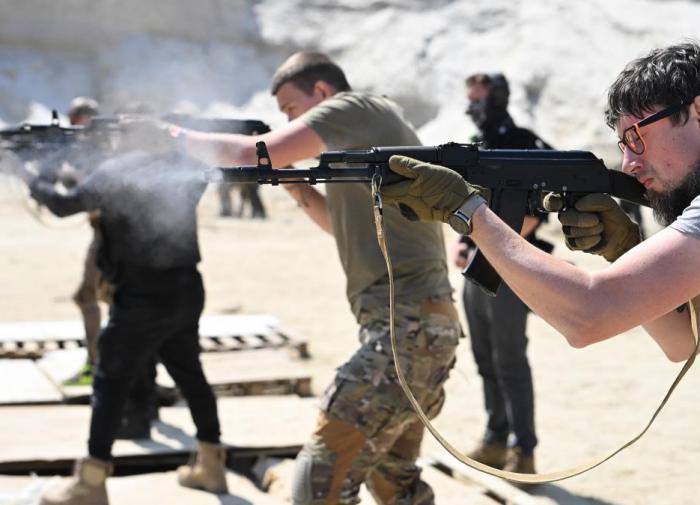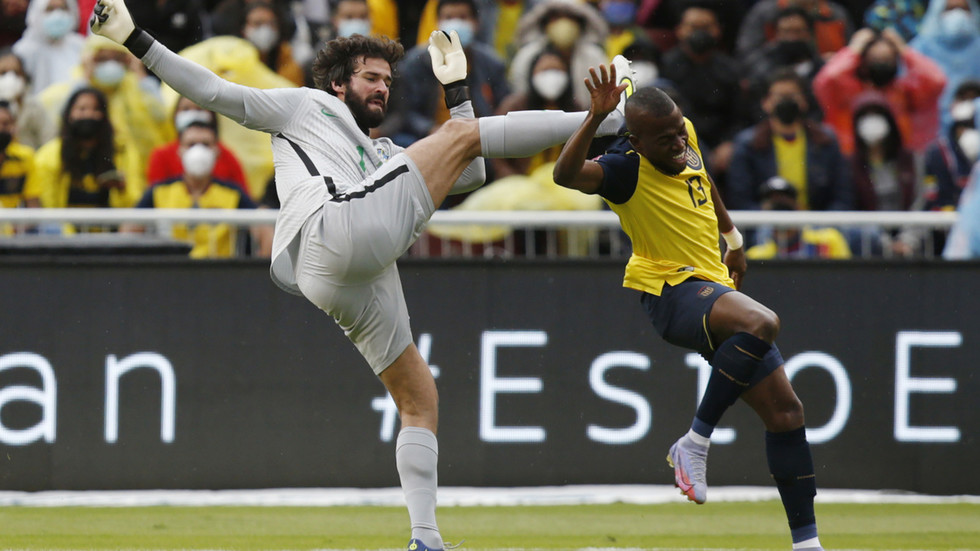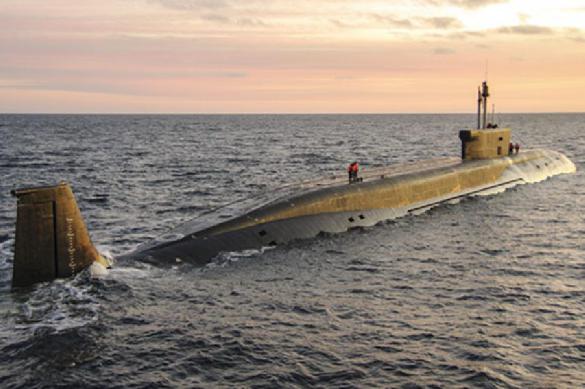[ad_1]
This text initially appeared at Russia & India Report
1. “The Cranes Are Flying” (1957) by Mikhail Kalatozov

Soviet cinema’s essential engagement with the warfare started in some ways with Kalatozov’s movie, which was voted by Russian critics in 2008 as one of the best movie of the primary 50 years of Russian cinema. Kalatozov’s movie was the primary amongst many classics from the Thaw period that handled the warfare’s significance, previous Grigorii Chukhrai’s “Ballad of a Soldier” (1959), Fedor Bondarchuk’s “Destiny of a Man” (1959), Chukhrai’s “Clear Skies” (1961), and Andrei Tarkovsky’s “Ivan’s Childhood” (1962).
The entire movie might be seen on the Mosfilm YouTube channel. Supply: Youtube
The Cranes are Flying focuses on Veronika, who has seen her boyfriend Boris off to the entrance and who offers with the hardships the warfare causes at residence. Tatiana Samoilova’s nuanced efficiency is one for the ages.
2. “Trial on the Street” (1971/1986) by Alexei German
Banned for 15 years, German’s first movie tells the story of a Soviet soldier who defects to the Nazis, then switches sides once more to combat with Soviet partisans. Based mostly on his father’s novel and tailored by Eduard Volodarskii (who has written various vital movies coping with the warfare), “Trial on the Street’s” examination of ideas equivalent to “patriotism,” “hero,” and “traitor” stay profound.
“Trial on the Street” was censored and brought out of circulation within the Soviet Union for 15 years after its launch on account of its unflattering depiction of Soviet troopers. Supply: Youtube
German additionally directed one other basic in regards to the warfare, “Twenty Days With out Struggle” (1976).
3. “They Fought For the Motherland” (1975) by Sergei Bondarchuk
Bondarchuk, a veteran of the warfare, first turned to it onscreen along with his 1959 basic, “Destiny of a Man”. After making the six-hour epic adaptation of “Struggle and Peace”, which gained the Academy Award, he returned to World Struggle II in “They Fought for the Motherland”.
The movie was chosen because the Soviet entry for the Finest International Language Movie on the forty ninth Academy Awards in 1977, however was not accepted as a nominee. Supply: Youtube
Set in July 1942, because the Crimson Military begins to battle at Stalingrad, the “they” within the film are damaged, wounded, weary, older, complicated people. Bondarchuk determined to have this assortment of troopers defend a small, comparatively unimportant plot of land. Ultimately, after defending some far-flung locales, the regiment, which has misplaced all of its officers, is advised they may head to Stalingrad.
4. “Come and See” (1985) by Elem Klimov
Klimov’s masterpiece, set in occupied Belarus, is the story of Flyora, a younger boy who will get caught up within the battle and who stumbles by the hellish panorama that was the Jap Entrance. Klimov’s movie has persistently been cited as probably the greatest, if not one of the best, movie in regards to the warfare ever made.
Come and See is violent, brutal, horrific, and profound. Supply: Youtube
When it appeared within the U.S., Walter Goodman declared that its “historical past is harrowing and the presentation is graphic” whereas its director was “a grasp of a form of unreal realism that seeks to get at occasions horrible past comprehension.”
5. “The Cuckoo” (2002) by Alexander Rogozhkin
Among the many more moderen Russian motion pictures about World Struggle II, Rogozhkin’s “The Cuckoo” will be the most satisfying (Dmitrii Meskhiev’s 2004 “Our Personal” can also be price a watch). In it, a Finnish soldier who was conscripted to combat for the Nazis after which chained to a rock after being labeled a pacifist, makes his solution to the home of a Sami girl whose husband has additionally left to combat within the warfare. She is nursing an injured Soviet soldier who was sentenced to demise for anti-Soviet actions however who managed to flee his execution.
The Cuckoo is a 2002 Russian historic comedy drama movie directed by Aleksandr Rogozhkin. Supply: Youtube
Rogozhkin’s movie explores the way in which misperceptions and variations in language have an effect on the way in which the three view one another, typically with comedic impact.
[ad_2]
Source link














